Malaysia's possible entry into the BRICS group marks a strategic move by the country, a member of the Association of Southeast Asian Nations (ASEAN), to diversify its economic partnerships and strengthen its position in an increasingly multipolar world.
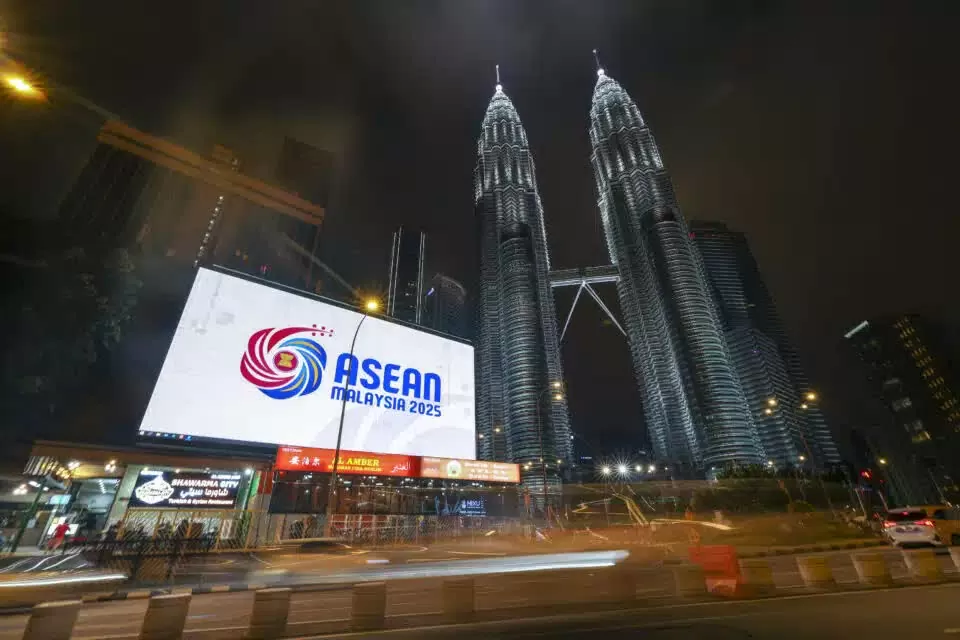 |
| Malaysia has adopted a balanced diplomatic strategy - leveraging BRICS to gain economic and strategic benefits, while actively strengthening ASEAN's centrality. (Source: Bernama) |
When Malaysia assumes the ASEAN Chairmanship in 2025, coinciding with Brazil’s chairmanship of the BRICS group of leading emerging economies, both sides agreed to explore cooperation and pursue regional and international issues of mutual concern.
Kuala Lumpur’s desire to join BRICS presents both opportunities and challenges, according to an analysis by Malaysia’s Bernama news agency. While deeper engagement with BRICS would expand economic partnerships and strengthen Malaysia’s global influence, it could also raise geopolitical complications and test ASEAN unity.
The need to seize opportunities and build new positions
BRICS members often pursue assertive national interests, which may not always be compatible with ASEAN's consensus-based approach and commitment to regional stability.
An important question that arises is – can Malaysia strengthen global ties, without undermining ASEAN’s long-term cohesion and prosperity?
BRICS now accounts for more than 40% of the world’s population, about 25% of global GDP and is rapidly expanding its influence, offering Malaysia new trade opportunities, alternative financing mechanisms and avenues to mitigate currency volatility.
“Malaysia’s plan to join BRICS is to focus on building economic partnerships, enhancing trade and expanding growth potential. Whether it is ASEAN or BRICS, Malaysia’s worldview is similar,” said Economic Affairs Minister Rafizi Ramli.
He also stated that Malaysia is building a new position for the country to fulfill its role as ASEAN Chair in 2025.
However, the challenge is that while BRICS membership may enhance Malaysia's global standing, it also poses challenges in balancing economic and strategic interests, with the obligations of a member holding the ASEAN Chair role.
In fact, BRICS economic priorities and geopolitical interests do not always align with ASEAN principles of regional stability, neutrality and consensus-based decision-making.
Bernama commented that to "untangle" this issue, Malaysia must adopt a balanced diplomatic strategy - leveraging BRICS to gain economic and strategic benefits, while actively strengthening ASEAN centrality through continuous cooperation, alignment with regional initiatives and a firm commitment to ASEAN principles.
This shows that, as the ASEAN Chair, regional unity remains Malaysia's top priority.
Malaysian leaders will continue to prioritise ASEAN unity and shared success. “As ASEAN Chair in 2025, Malaysia is committed to strengthening regional unity while deepening cooperation with emerging power blocs. Our participation in BRICS ensures that ASEAN remains at the centre of global dialogue, ensuring a resilient future for all,” said Foreign Minister Dato’ Seri Utama Haji Mohamad bin Haji Hasan.
Kuala Lumpur seeks BRICS membership not only for its potential to operate more globally, but also to further integrate ASEAN economies and build greater regional resilience, the news agency said. By linking ASEAN’s economic interests with BRICS initiatives, Malaysia aims to create new trade and investment opportunities, strengthen ties with other regions, and thereby boost economic growth.
Recently, in a diplomatic talk titled "From BRICS to ASEAN: Brazil and Malaysia's Global Leadership in Uncertain Times" organized by the Asian Strategy and Leadership Institute (ASLI), Brazilian Ambassador to Malaysia Ary Quintella said that more than 40 countries have expressed interest in joining BRICS.
The growing appeal of BRICS further underscores the importance of Malaysia’s entry into the group of leading emerging economies. Highlighting the dynamic development of BRICS, Ambassador Ary Quintella also said that Malaysia’s entry could position ASEAN’s effective participation in the growing influence of BRICS.
Balanced, comprehensive and sustainable
While the potential benefits of BRICS membership are clear, as an ASEAN member, Malaysia will have to address concerns regarding possible risks. Given the complex geopolitical situation and the current trend of a new world order, over-reliance on BRICS economies could expose ASEAN to geopolitical rivalries and even economic downturns within BRICS countries.
In addition, close association with BRICS could create diplomatic friction within ASEAN, especially among members wary of outside influence, potentially diluting ASEAN's common stance in international negotiations.
To mitigate these risks, Bernama suggests that Malaysia should support a structured ASEAN-BRICS dialogue that ensures that ASEAN members engage with BRICS collectively rather than individually. This approach would help maintain ASEAN unity while ensuring the economic benefits of deeper engagement with BRICS.
This is similar to the approach of the BRICS countries. India's non-alignment policy, for example, allows the country to maintain positive relations with both Eastern and Western powers, while still protecting its sovereignty.
Further demonstrating the balancing of diplomatic priorities, the news agency cited the example of how, despite having close ties with Western countries, Malaysia has always protected the rights of Palestinians, received respect in both the Middle East and the international community, and maintained good diplomatic relations with countries such as the United States.
This demonstrates Malaysia’s ability to navigate complex geopolitical dynamics, while remaining true to its core values and principles.
Other ASEAN members, such as Indonesia and Thailand, also recognize the potential of BRICS to contribute to economic development and reduce dependence on Western financial systems, as evidenced by Indonesia's participation in the New Development Bank (NDB) for infrastructure projects or Thailand's participation in BRICS trade, investment and tourism initiatives...
While these countries see the “promise” of BRICS as an alternative to the dominance of Western institutions, there remains a significant challenge in linking BRICS goals with ASEAN community cohesion. Some members are concerned that closer ties with BRICS could complicate ASEAN unity and undermine the region’s common strategy for addressing global economic challenges.
However, Prime Minister Datuk Seri Anwar Ibrahim addressed this concern when he reiterated the importance of regional unity, stating that “ASEAN must maintain its centrality to regional stability, while adapting to a multipolar world”.
Prime Minister Ibrahim’s statement is said to reflect Malaysia’s vision for the future of ASEAN – a balanced, inclusive and sustainable future where regional prosperity is fostered through internal cooperation and global engagement. Accordingly, Kuala Lumpur’s leadership role must be built on the success of a deft balance between maintaining close ties with global powers such as the US and China, while promoting ASEAN’s common interests.
Malaysia's ability to maintain this balance will be crucial as the country chairs ASEAN, ensuring that the region remains united despite shifts in global power.
Dr. Parag Khanna, an expert on international and Asian affairs and author of The Future is Asian , emphasized the strategic role of Southeast Asia in the global geopolitical "chessboard". Affirming that Malaysia is well-positioned to lead ASEAN through the current volatile context, Dr. Khanna also said that in the future, Kuala Lumpur needs to take proactive steps to institutionalize ASEAN's approach to BRICS, supporting clear frameworks that align the bloc's common interests with the opportunities that BRICS brings.
Source: https://baoquocte.vn/mot-quoc-gia-dong-nam-a-di-tren-day-truoc-nhu-cau-gia-nhap-brics-304612.html








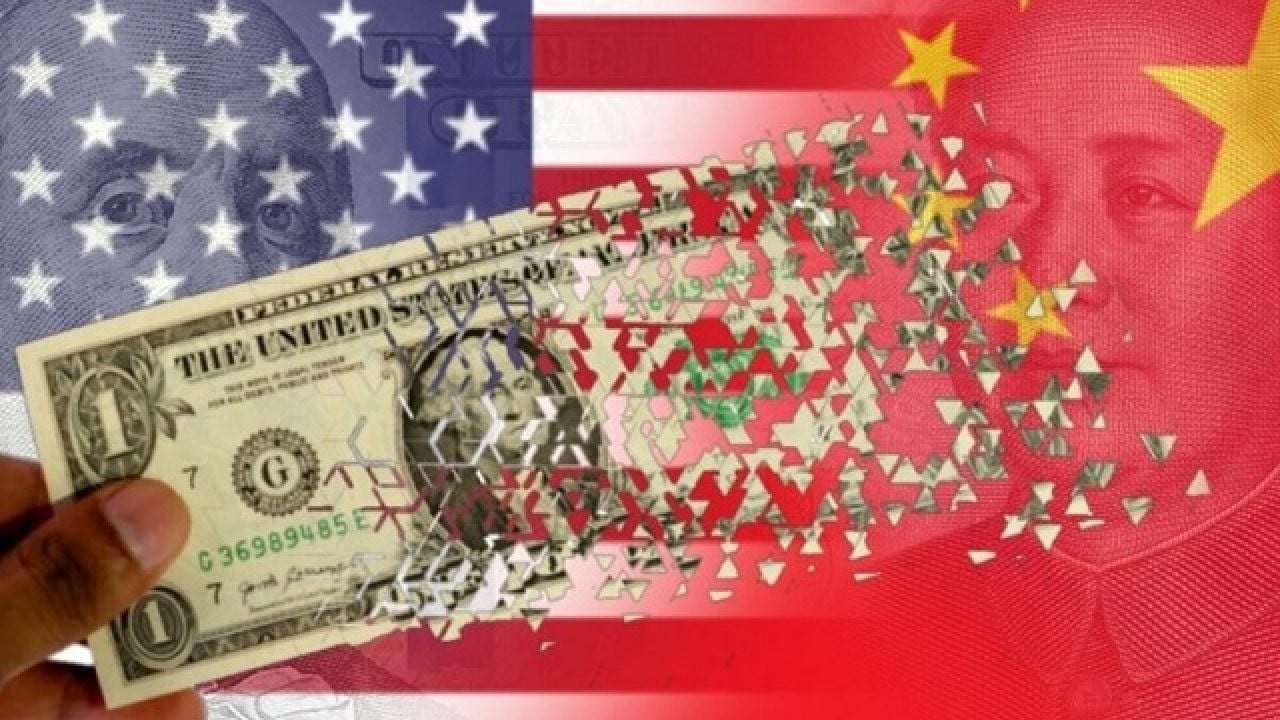
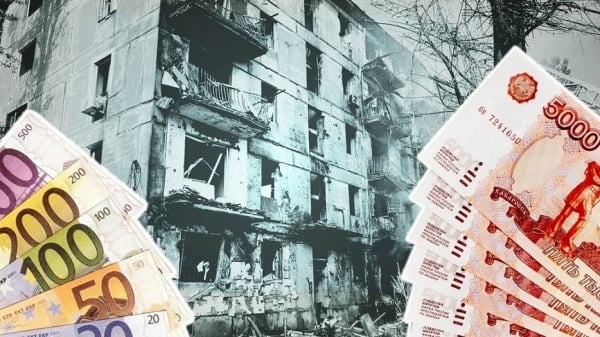

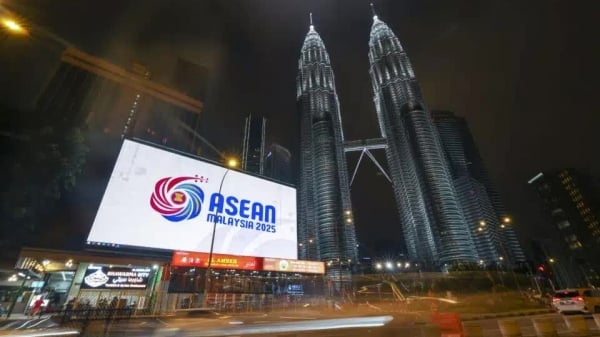



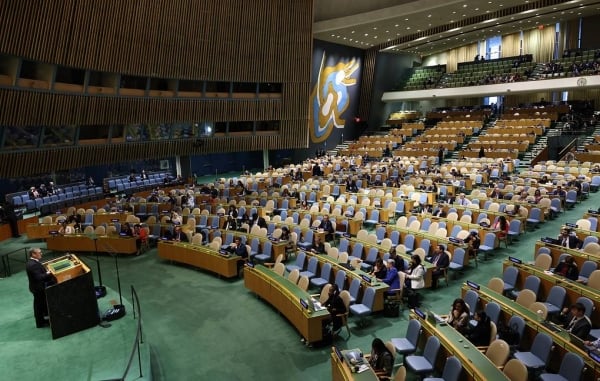
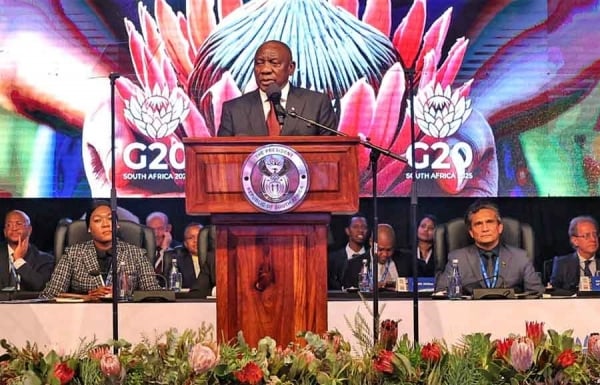








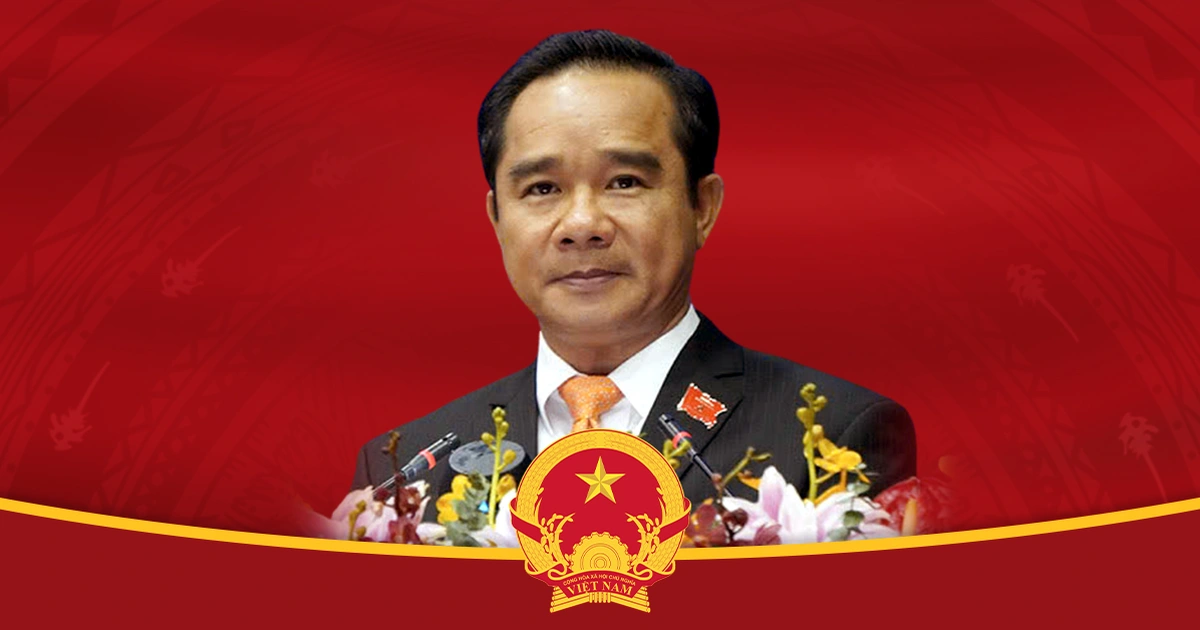




Comment (0)